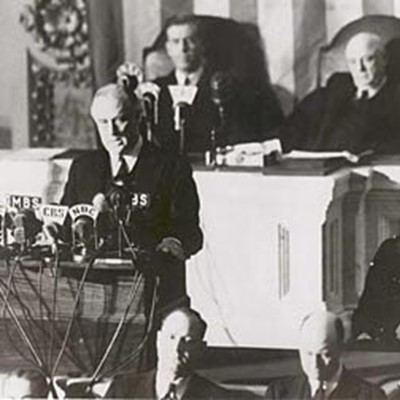
Summer seems to be interview season, that time when our Buckley alumni reach out to us because their family members have graduated from college and are in the midst of a job search.
In the best interviews, you're using at least some of the questions as a springboard for telling your story, in order to highlight the qualities and experiences that set you apart or make you an attractive fit for the position.
Three techniques we teach in media and Q&A training can help you get that information across. And they work for all kinds of professional conversations, whether you're answering questions to land a job or in a meeting with a colleague or client.
1. Bridge to a topic you want to include.
Bridging is a mainstay of any media training. It's that move when you acknowledge the question, then pivot to the point you want to make.
For example, imagine you're asked about your coursework in college but what you really want to talk about is an internship that's provided perfect experience for the job.
You might use bridging to say, "I did complete a minor in marketing, but what's really prepared me for this position was an internship with Delta airlines this past fall..."
That bridge gets you to the story you're eager to tell.
2. Look for the question behind the question.
Sometimes we see people provide an answer that's too literal. It can help to consider why they're asking the question: What are they trying to get at here?
For example, in an interview you might be asked, "How did you approach that project you coordinated?" The best answer might not be a detailed description of the many steps you took: "I made a checklist. I set a deadline for each step." And so on.
A better approach is to think why are they asking this? What do they want to learn about me and how I work? Then, you might shift your answer to say something like: "I knew it was important to meet deadlines and keep a lot of pieces on track. So, I presented a plan to my supervisor, then got buy in from our team on the deadlines and how we’d work together to meet them."
3. Give the short answer first.
It's easier for someone to take in the details you're presenting if they know where your answer is headed. That's why it can help to give the short answer first.
For example, when someone asks "What’s the weather going to be like today?" most people will take you along their path of reasoning, before concluding with the short answer. You get something like: "It's windy. The clouds are coming in. My bad knee hurts. I think it’s going to rain."
If you give the short answer first, you lead with the conclusion: It's going to rain. Then you provide the supporting material, and now those details have a framework on which to hang. They make more sense.
Learn more
Find more tips here on preparing for job interviews from Buckley coach Katie Pope.
Here's our advice on how to have more successful job interviews by phone.
Before you sign on for an interview by Zoom, you might also want to rate your room. Here's how to look more professional.






